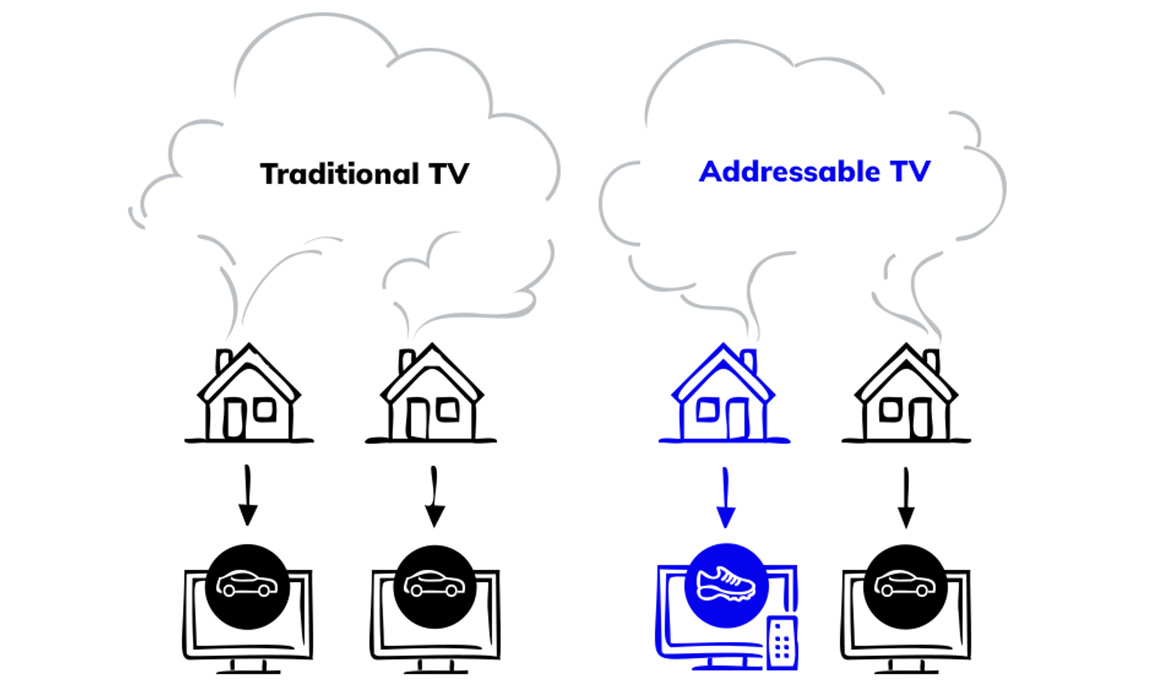New Research on Addressable TV Ads

The research included MRI brain scanning and behaviour testing and looked at real human reactions across key brain areas related to attention, emotion, reward and memory, while the participant watched ads, some addressable, some not. The results showed “significant and consistent” uplift across all 4 categories (attention, emotion, reward and memory) when shown addressable ads, compared to non-addressable ones. The experiment also showed a 10% increase in accuracy and response time for brand recall of addressable ads, compared to non-addressable ads and regardless of the TV show it was embedded in. This is really key data for brands to have, as it provides strong rationale to include these mediums in media plans to meet brand objectives.
If you’d like to know how we can make addressable TV work for your business, please get in touch with our team – team@mostlymedia.co.uk.
